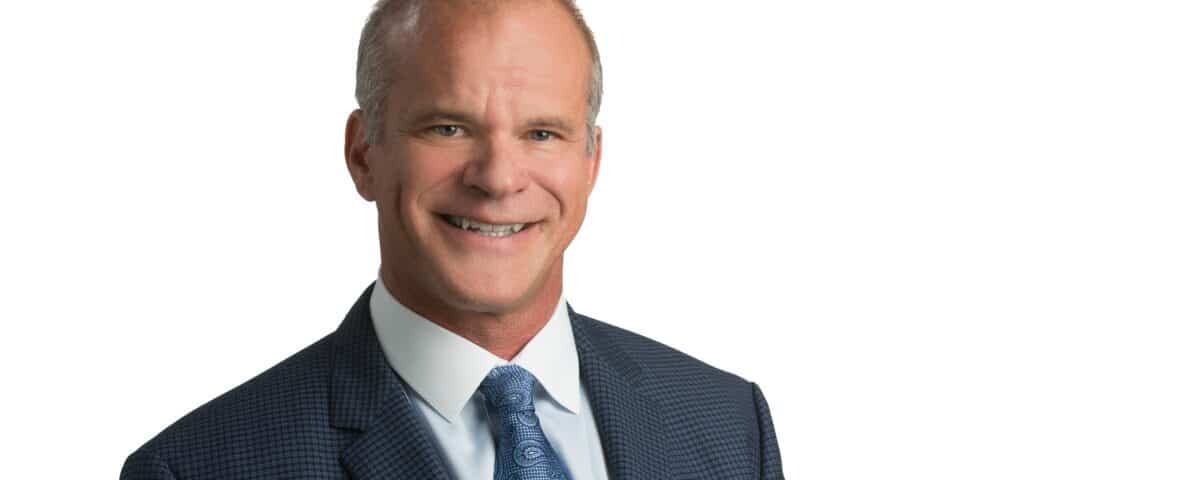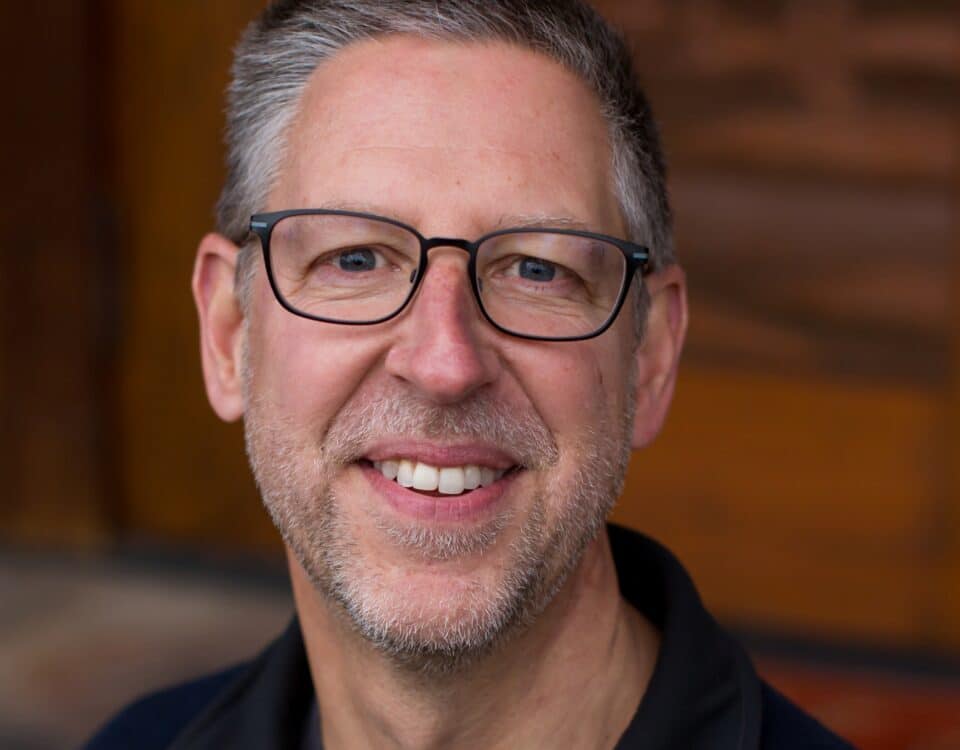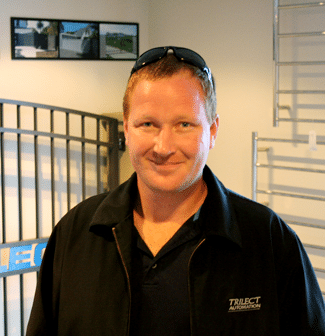HBR: Why some companies weather trade wars better than others
January 17, 20257 habits to stay focused in a world full of distractions
February 14, 2025By Verne Harnish
Allure Medical, a medical spa chain, has grown to about $30 million in revenue with 65 employees in 14 offices in Michigan and the Carolinas by leveraging the Scaling Up platform. CEO and founder Charles “Chip” Mok, DO, has designed an innovative bonus system to support the company’s scaleup, incentivizing team members to support the 20-year-old firm’s goals.
“We created a bonus system that was tied purely to profitability on a weekly basis,” says Dr. Mok, a former emergency room physician. Dr. Mok began putting the systems in place to scale in 2015, after attending a Scaling Up Summit and engaging Scaling Up Certified Coach Mike Goldman. Thanks to that groundwork, he is growing the number of locations by 22% a year.
Misaligned bonuses
Dr. Mok started out using a traditional, action-based bonus system back in 2015. Doctors and technicians were compensated based on production, and doctors received a commission for retail products sold.
However, Dr. Mok soon discovered this system didn’t serve the company’s financial goals. “One year, we paid out a significant amount of money and bonuses, but we lost money,” Mok says. “I realized that maybe we were rewarding the wrong behavior. We weren’t rewarding profits.”
The bonus system also undermined the company’s culture. For instance, one doctor balked at training other physicians, because he wanted to perform the high-value services the bonuses rewarded himself. Meanwhile, estheticians leaned toward selling the high-value services, when the lower-value services were more profitable for the company. And the commission-based sales team for the chain’s skincare products tended to stop selling when they hit the company’s benchmark.
Improving a bonus system
Dr. Mok went back to the drawing board and redesigned his bonus system. The first step was calculating how much revenue each location needed each week to reach break-even—the point where it covers both fixed and variable costs. The teams would need to exceed that to turn a profit.
To calculate break-even, Dr. Mok relied on a formula based on dividing fixed costs (a dollar amount over a certain period of time) by variable costs (as a percentage) minus the profit target (also as a percentage). So, for example, if his fixed costs were $100,000 one week, and variable costs were $25,000 and he wanted a 25% profit margin—say $100,000—the calculation would be $100,000 divided by 1 minus 25% minus 25%, or $100,000 over 50%. $100,000 divided by 50% is $200,000 in sales. That would mean the company’s break-even would be $200,000 in sales. Once the company exceeded that benchmark, it would turn a profit.
The company’s goal was to achieve a net profit margin of 15 to 25%. So Dr. Mok designed a three-tier system to bring that about. At Tier One (15% profitability), everyone receives $50, regardless of their job title. At Tier Two (20% profitability), everyone is paid $100. When the team achieves Tier Three (25% profitability), the company pays everyone in the company 20% of their salary for the week.
“That drives the higher earners, who have the most impact on profitability, to truly want to strive for that Tier 3—which puts us at 25% profit margin,” explains Mok.
To keep the bonuses top of mind, Allure Medical awards them weekly and pays them in a check separate from their base pay. “They’re well aware of it,” he says.
This, in turn, improved the company’s bottom line. The upshot? “The company became profitable,” says Mok. “ The year we did that, we pretty much hit Tier 2 or Tier 3 every week.”
Educating a team
To make sure everyone understands the bonus system, Mok holds an “Economics 101” with his staff quarterly, educating them on the difference between fixed costs (such as staffing, office space, equipment and marketing) and variable ones (supplies, such as Botox and filler).
That, in turn, allows him to tap their collective wisdom in decision-making and cultivate ownership thinking.
“Let’s say one of the offices has six employees and they feel like they need a seventh,” explains Mok. “We let them know what that’s going to cost them in terms of their Tier 1, 2, and 3. So they can then make the decision: ‘Well, if we add somebody, are we really going to add $10,000 a week to production?’ If we’re not, we probably shouldn’t hire that person because we’re going to have our bonus threshold go up—and if our revenue doesn’t go up, then we’re not going to be profitable.”
Gamifying profit goals
To keep the team in each office aligned around the metrics that move the needle toward company goals, Allure Medical gamified the data in a display that shows their progress.
The company uses a predictive tool to forecast sales, based on variables such as the number of patients scheduled, the average no-show rate, the mix of patients for common services and average revenue those services generate.
The leadership team then uses the Power BI data visualization tool to track revenue in real time. The tool shows the entire team how close they are to Tier 1, 2 and 3—as well as how much revenue a given office needs to generate by Saturday, the close of the week, to get to each tier.
One week, an office in North Carolina missed the top tier by $400. Dr. Mok worked on its team to identify areas where they could have made up the difference so they could do so next time.
“Last Saturday, I stopped by the office here in Michigan, in Shelby Township,” says Dr. Mok. “They knew they were about $30,000 short for the top tier and figured out how to be way more productive that day—and they doubled. Was it hit? It’s motivating.”
Removing obstacles to success
Having the right people in the right seats on the bus helps to ensure the team can meet its goals. Allure Medical uses careful recruiting to find great people. Frontline workers make almost double the average industry pay—with starting salaries in the $25 to $30-an-hour range. Many salaried workers earn 25% to 50% more than the average. “We pay on the higher end of the scale with the concept that we’re looking for higher-caliber people,” says Mok.
Dr. Mok and his leadership teams keep track of how team members’ productivity benchmarks against industry standards. Allure Medical supports them in staying ahead of the curve by, for instance, making sure every physician has adequate support from physician assistants.
“Every one of our providers is capable of exceeding the 90th percentile in production because we’ve set up an efficient system for them,” says Dr. Mok. “We do that by removing anything that might be an obstacle.”
Training is also a part of this. The company provides AI-assisted coaching to front-office workers who answer calls from prospective patients who inquire about services. “A poor operator could have a big impact, because we’re paying for those leads,” says Dr. Mok.
With the company’s goals aligned with team members’, its patient retention rate—82%—is higher than the industry average of 65%.
Meanwhile, team members are working together more smoothly. The doctor who once kept all of the high-value work to himself now enthusiastically trained 70 doctors to do his job. “He realized his value was more to multiply himself than to do the procedures,” says Dr. Mok.
Embracing Core Values
Underpinning the company’s work are its Core Values—great work ethic, respect for others, excellence in service, adaptability, and trustworthiness—which it differentiates from culture (who we are) expressed via “isms” such as “Think like a boss”), and foundational principles (how we operate), such as “Accommodate the patient.”
The company has designed artwork to illustrate the “isms.” This allows Allure Medical to keep its operations streamlined. “We don’t have managers in the company, and an ism such as ‘Think like a boss’ lets them understand that we’ve got to be profitable,” says Dr. Mok.
With the right systems in place to scale, Allure Medical is on the move. It has grown the number of its locations by 22% a year. But Dr. Mok knows that continuing to scale will mean keeping the team on top of its game—and ahead of competitors. “Everybody wants our patients,” he says.
.




